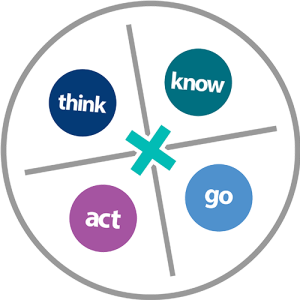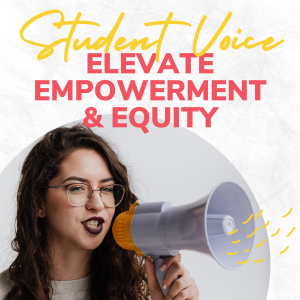It’s time for high school and college educators alike to come to grips with the fact that high school and college are not nearly as well aligned as they need to be. As a result, many high school students who have set attending college as a goal never get there, and many who do make it struggle to succeed once they arrive. Merely taking college-prep courses in high school and achieving the GPA required for admission are not sufficient to ensure student success in college. The current system functions to get high school students into college, but there is much less concern on either side of the divide about whether what they are learning is what they need for postsecondary success.
Further, high school teachers receive little guidance regarding the knowledge and skills that students should be developing to be ready for entry-level college courses. Most parents and high school students believe, or at least hope, that the high school curriculum is carefully designed to ready students for success in postsecondary education. Parents would likely be shocked to learn that only a relatively small proportion of students who graduate from high school each year are truly college ready. Many students who are admitted to college require remediation or drop out during their first year; others struggle mightily in entry-level courses until they figure out what college really expects of them. Many transfer to another institution because they are not prepared for the challenge level they encounter. Almost all see their high school GPAs drop precipitously during their freshman year in college (Adelman, 1999). Perhaps one-third of U.S. high school students end up meeting the not particularly
challenging college readiness levels of four years of English; three years of math; two years each of natural science, social science, and foreign language; and a “basic” level of performance on the National Assessment of Educational Progress (NAEP). Far fewer meet the more rigorous standard of four years of English, math, science, social science, and a foreign language and a “proficient” level on NAEP (Greene & Forster, 2003).
Given the fact that approximately 80%–90% of entering high school freshmen profess the desire to go on to college (Kirst & Venezia, 2004), how must high schools change to enable more students to be college ready? What are some of the principles and practices that must be followed to ensure that students are not only admitted to college but are also prepared to succeed once they arrive?
College-Knowledge-Getting-In-is-Only-Half-the-Battle.pdf (1301 downloads )Originally published in Principal Leadership, September 2005.



